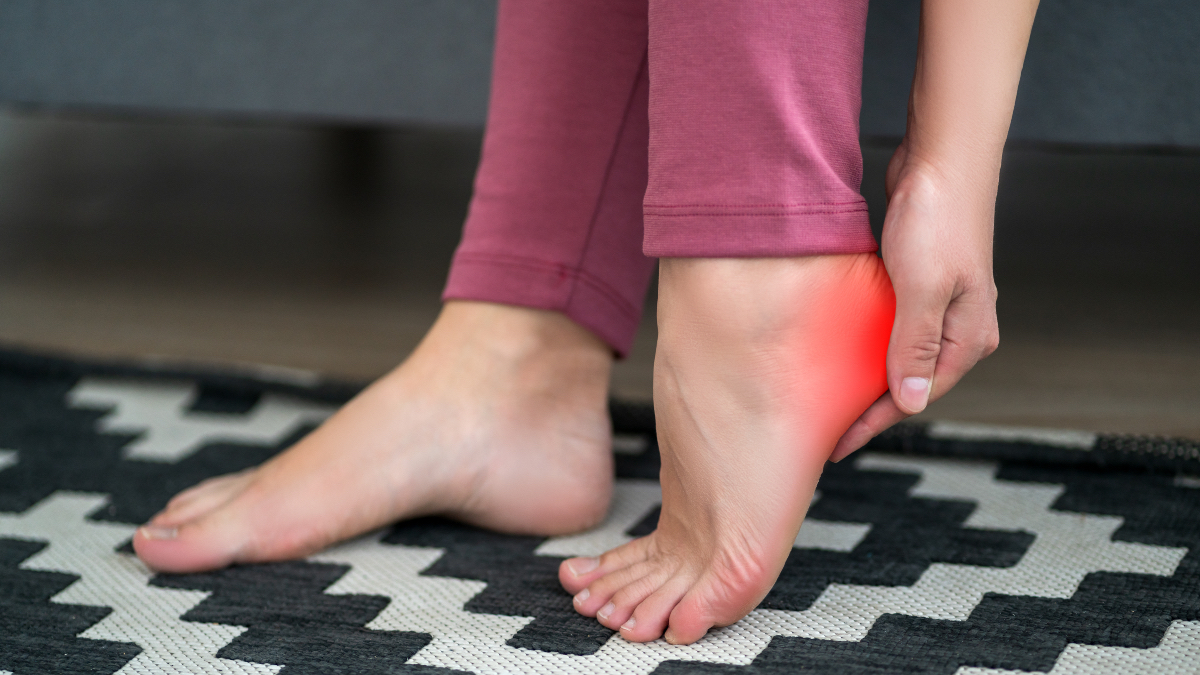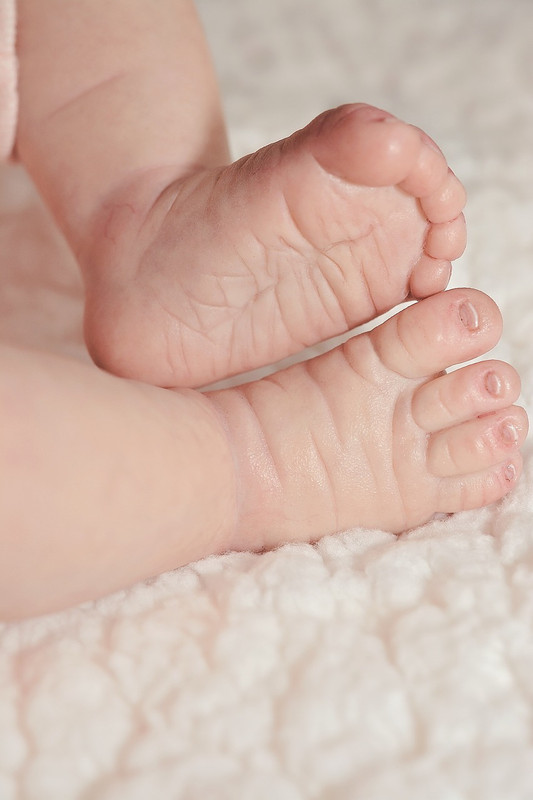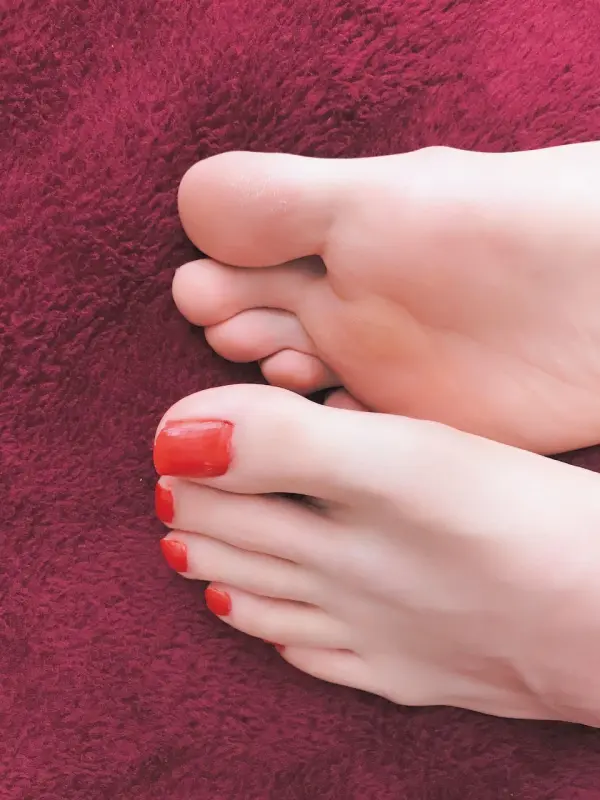Reviewers Say These ‘Life-Changing’ Sandals Really Help With Foot Pain

“I loved the first so much I bought another pair,” wrote one reviewer.
Posted by on 2024-02-21
(PDF) Association of Isolated Gastrocnemius Tightness in Patients with Heel Pain

PDF | Background: Heel pain is a common musculoskeletal complaint among adults, significantly impacting quality of life. Recent studies suggest a strong... | Find, read and cite all the research you need on ResearchGate
Posted by on 2024-02-20
How to Soothe Plantar Fasciitis Pain Fast: Podiatrist's Ice Cup Massage Trick + More Home Remedies

Stabbing pain in your feet making every step hurt? These easy tricks help cure plantar fasciitis pain in a hurry.
Posted by on 2024-02-16
Going Barefoot Feels Good, But These Cozy Slippers Feel Even Better

Plus, they're made with the arch support you need.
Posted by on 2024-02-13



